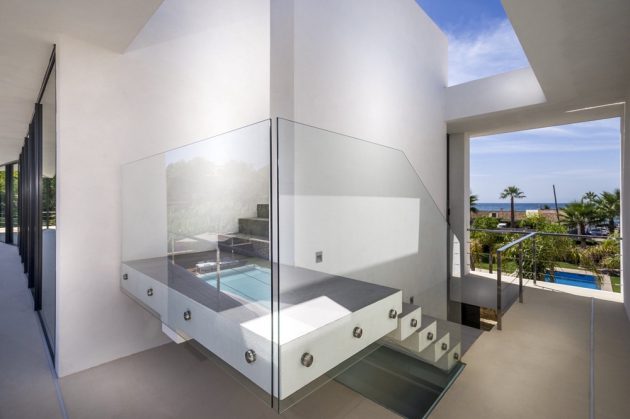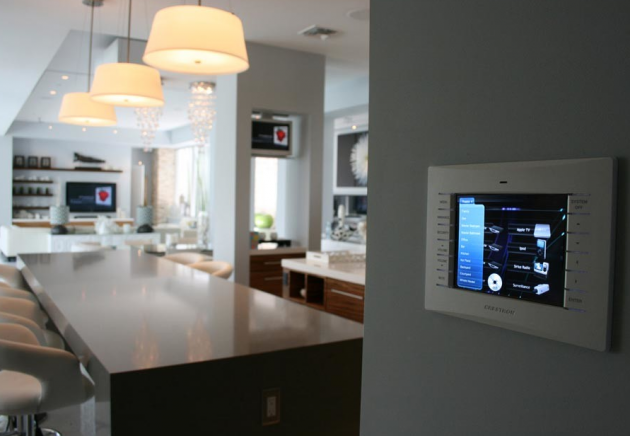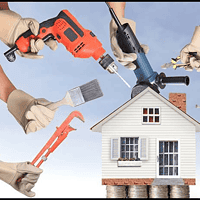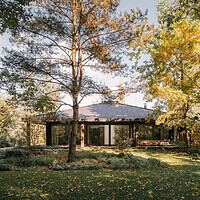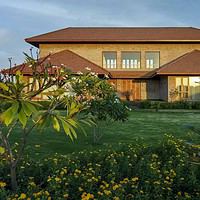Smart home technology is already here—at least in some ways. We aren’t yet living in houses that know our names and cook breakfast for us every morning, but we’re already enjoying products like smart thermostats, smart ovens, and smart TVs that make our lives easier and represent the height of modern technology. It’s only a matter of time before our houses exist as fully interconnected digital systems, with our appliances tapped into one network remotely controllable with mobile devices. When that happens, the entire “home” landscape is going to change.
Rate of Change
It may be a few years or a decade, but soon, these interconnected systems will become the new normal, and when they do, the world of architecture is going to have to adapt.
Smart Home Tech Influences
The world of architectural design could change dramatically with these new freedoms, requirements, and trends:
- Reducing the visibility of outlets and switches. Smart homes will be built upon wireless infrastructures, with almost every appliance rooted in a fixed spot and connected to the internet. We’ll be able to control lights and appliances remotely through mobile devices, and we may even be able to charge those devices wirelessly thanks to wireless electrical charging. As a result, architects will take extra measures to reduce the visibility of outlets and switches as much as possible for greater aesthetic value within the home.
- Making space more open and accessible. When a home is tightly interconnected and every aspect is controllable from any location, dividing space is less necessary and less functional. It will become easier and more favorable to create larger, more open, accessible spaces within homes. It also helps that our appliances may become smaller and more compact, allowing for easier accommodation of things like TVs, ovens, and other appliances without cramping any individual rooms.
- Allowing for more room to room integrations. Since home features can be controlled from anywhere, the balance of power among rooms will stabilize. Rather than any one room being a central focal point, architects will do more to make other rooms work with each other, creating a smoother flow between rooms in the house and allowing more room to room integrations.
- Reducing limitations for wiring. Again, since most smart home technology will be wireless, architects will have less to worry about when it comes to electricity and wiring. Since an architect’s job is to balance between form and function, the elimination of one major function will allow more breathing room for form, lending power and priority to more artistic designs and more liberties when arranging the layout of the house.
- Seasonal and dependent features. Because smart homes can adapt automatically to various circumstances (such as by closing the blinds on hot summer days or running fans automatically when it hits a certain temperature), architects can incorporate flexible or transformative housing features, particularly on the exterior of the home. The possibilities here are limitless, and may eventually include changing the entire design of the exterior based on mood, weather, or other variables.
It’s hard to say exactly how the architectural landscape is going to change, because it’s hard to say how smart home technology is going to develop. For the past few years, fully-fledged, integrated digital home systems seemed right around the corner, but most smart appliances are still disjointed. And of course, all it takes is one technological breakthrough to change the game forever. All we can do at this point is watch how technology and architecture develop and affect each other, and be proactive in adopting new trends as they unfold.

